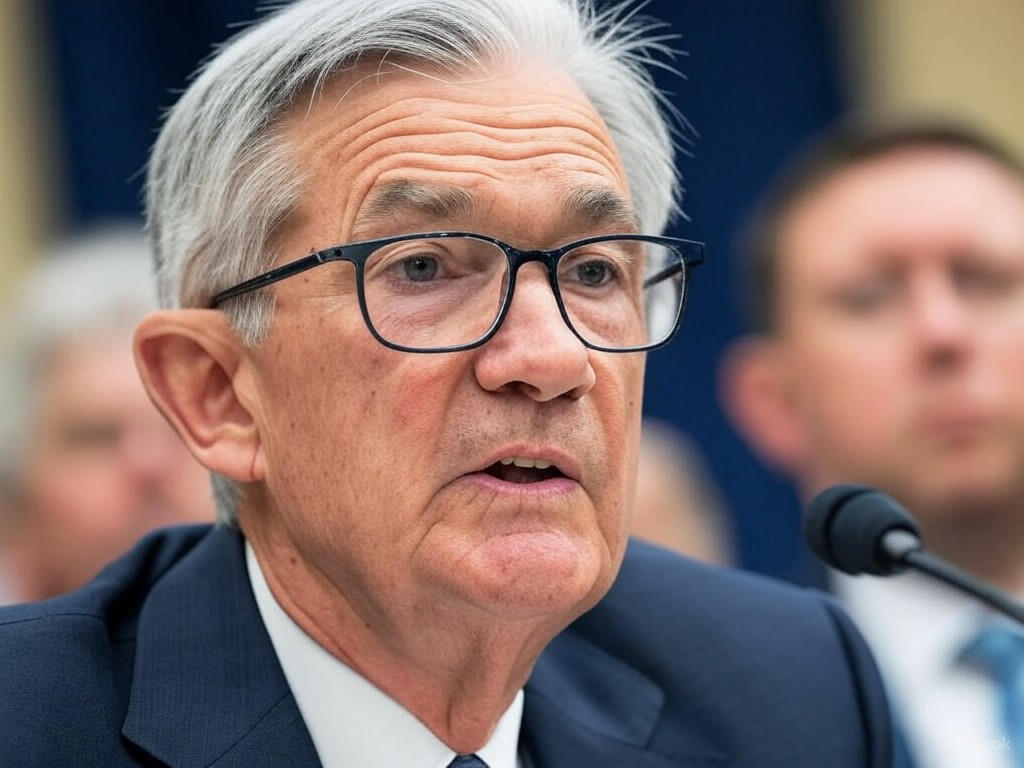Federal Reserve Stands Firm: Powell Resists Pressure for Rate Cuts Amid Trump’s Demands
In a bold display of independence, Federal Reserve Chair Jerome Powell has reiterated that the central bank will not rush into slashing interest rates, despite mounting pressure from President Donald Trump. Speaking at a recent press conference, Powell emphasized a cautious, data-driven approach, underscoring the Fed’s commitment to monitoring economic indicators before making any pivotal decisions. This stance has sparked a public clash between the nation’s top monetary authority and the White House, highlighting a fundamental disagreement over the direction of economic policy.
Powell’s remarks come at a time when the U.S. economy is navigating a complex landscape of inflationary pressures, labor market fluctuations, and global uncertainties. While acknowledging the challenges faced by businesses and consumers, the Fed Chair stressed that premature rate cuts could risk destabilizing the economy further. Instead, the central bank intends to maintain its current benchmark interest rate, allowing for a clearer picture of trends in inflation, employment, and consumer spending to emerge. Powell’s measured tone suggests a belief that patience is a virtue in the face of economic volatility, even if it means enduring criticism from political leaders eager for quick fixes.
President Trump, on the other hand, has been vocal in his frustration with the Fed’s hesitance. Arguing that lower interest rates would provide an immediate boost to economic growth, Trump has repeatedly called for aggressive cuts to stimulate borrowing and investment. His public statements reflect a broader concern among some policymakers and business leaders who fear that high borrowing costs are stifling expansion and innovation. However, critics of this view warn that slashing rates without addressing underlying inflationary risks could lead to long-term economic imbalances, a perspective that appears to align with Powell’s current strategy.
The tension between the Federal Reserve and the White House is not new, but it underscores a critical debate about the role of monetary policy in shaping America’s financial future. The Fed, by design, operates independently from political influence to ensure decisions are made in the best interest of long-term economic stability. Powell’s refusal to bow to external demands reinforces this principle, even as it invites scrutiny and debate. Economists are divided on whether the Fed’s caution is a prudent safeguard or an overly conservative stance that risks missing opportunities to support growth.
As this standoff continues, the eyes of investors, businesses, and everyday Americans remain fixed on the Federal Reserve’s next moves. Will Powell and his team hold their ground, or will evolving economic data eventually tip the scales toward a rate cut? For now, the message from the Fed is clear: decisions will be guided by evidence, not political pressure. This saga serves as a reminder of the delicate balance between economic policy and political will, a dynamic that will likely shape the nation’s financial narrative for months to come.


